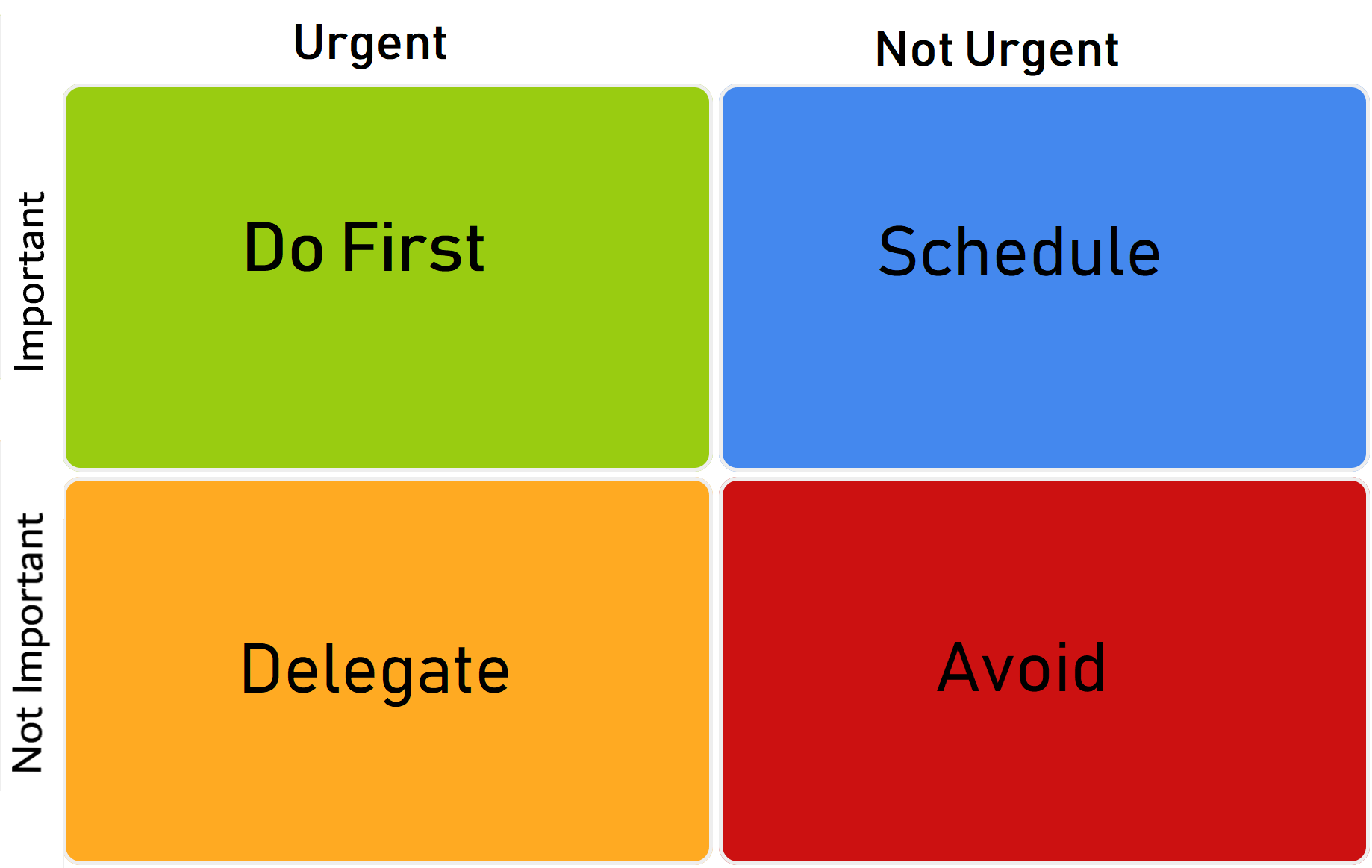Whether you’re leading a tech company in the Bay or launching a new business in Brooklyn, you have the same number of hours in your day. With limited time—and energy—there’s a race to do more and be more “productive.” That’s why so many productivity tools exist today—from Asana and Trello to Evernote and Slack. With sleek interfaces, easy organization, and countless integration options, they make work seem more manageable.
While these apps can help you keep track of your to-dos and organize your day, they can also create more noise if you’re not clear on your priorities. You’ll easily be pulled by what’s not important—like organizing your Trello board, reading through endless Slack debates, or updating permissions for an agency you work with in Asana. That’s why we believe the key to productivity is first getting clear on what matters most, then staying laser-focused on that.
Focus on quality not quantity
The first mistake most people make in their effort to be more productive is to focus on quantity. When you’re looking at a long to-do list, it’s easy to think that checking off five tasks is better than checking off two. While it might make you feel more accomplished, doing more doesn’t necessarily mean you’re being productive.
Here at Double, we believe productivity is more about doing what matters most. By ‘what matters most’ we mean what you have specific value doing, whether that’s raising your next round of funding, taking time to think about high-level strategy, or working to reach profitability.
After all, time and energy are zero-sum games. Time spent doing one thing is always at the expense of time not spent doing another. To determine what matters most, you need to be able to qualify your workload.
Do the important and urgent tasks first
It’s easy to quantify your tasks—that’s what to-do lists and task management apps are for. But how do you qualify them to understand which tasks to focus on in a given day? Our favorite framework for this is the Eisenhower Matrix.
The Eisenhower Matrix helps you rank your tasks based on urgency and importance. We like it because it’s simple, effective, and easy to understand. Other frameworks like the Getting Things Done method are more complex and time-consuming.
The four quadrants of the Eisenhower Matrix give you a quick visual of the type of tasks on your plate. Those that are both urgent and important should be done first because they have to be—there are most likely consequences if you don’t. This is the “Do First” quadrant.
 Source: Jonathan Becher
Source: Jonathan Becher
Do the important and non-urgent tasks next
These second quadrant tasks are often the ones that matter most. They usually require planning and thoughtful action and are what bring you closer to your goals. But because they may not have a deadline or an end date, they’re easy to put off in favor of more urgent tasks. For that reason, you want to make sure these items are scheduled on your calendar.
In our community, executives who use the Eisenhower Matrix block time in their calendar for these specific tasks and review their matrix every Friday as a first step to plan their upcoming week.
Delegate the rest of your urgent tasks
The tasks that are urgent but not important you should delegate. It’s common to let your to-do list get longer and longer as you find more things worth doing, but many of these tasks don’t require your specific skills. Those items are perfect to delegate to an assistant or other team member to help you stay focused. It’s important to have someone you can trust to handle those tasks so you can get them done without having to think about them.
Re-evaluate what’s left
Take time to periodically review the tasks that get left in this last quadrant—not urgent and not important. Decide if they should be moved to “Schedule” or “Delegate.” If not, they’re time-wasters and should be cut altogether.
Whether you’re a solopreneur just getting your venture off the ground, or a seasoned CEO heading a larger company, qualifying your work and then doing what matters most to you and your business is the key to being productive.
